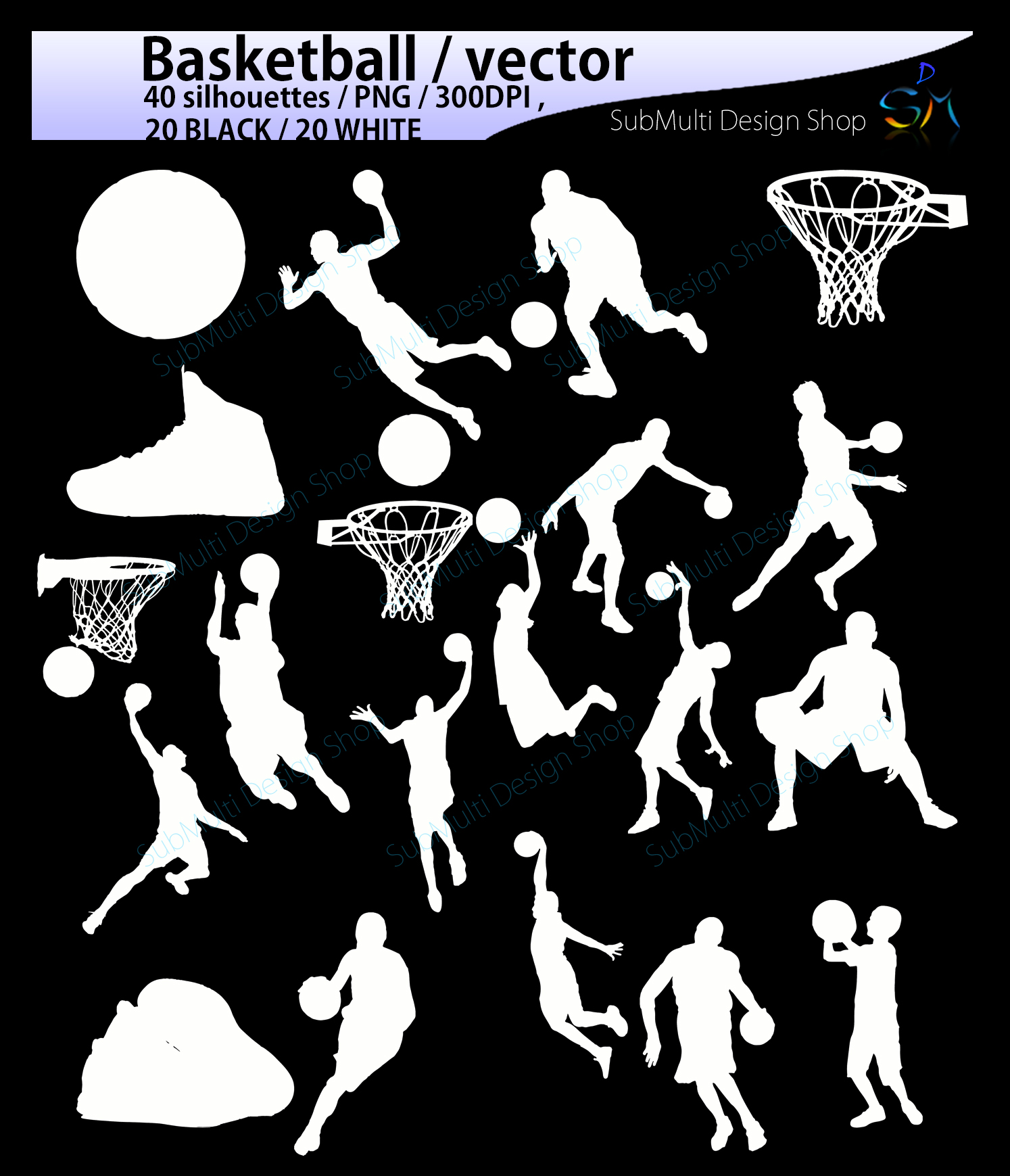

#Texnicle file basketball free#
These instances result in free throws for the opposing team and allow them to retain possession of the ball. In the NBA, technical fouls are either classified as unsportsmanlike or non-unsportsmanlike. Many times you will see players get technicals for taunting the other team or yelling at the referee.Ĭoaches aren’t safe from tech’s either, with many of them receiving them for yelling at the refs after a perceived missed call by the coach. While still a foul, a technical involves no excessive contact but an unsportsmanlike play. Also, if a player receives two flagrant 1’s in the same game then that results in an ejection (think the two yellow cards system that they use in soccer). If a player receives a flagrant 2, they are not only ejected but fined by the league for the play. The NBA also utilizes the flagrant 1 and 2 rules but is slightly different. A flagrant 2 – extreme unsportsmanlike conduct – results in the player who committed the foul being ejected along with two free throws and possession of the ball after the foul shots. In college basketball, a flagrant 1 – severe and excessive contact during a live ball – results in two free throws and possession of the ball after the foul shots.

You will notice the excessive force used both in the body and with hands to the face of the offensive player. Here is a great example of a flagrant, or intentional, foul during a college basketball game a few years ago. Flagrant FoulĪ flagrant foul is one that involves excessive force. Other fouls, that count also as personal fouls for players, are flagrant and technical fouls. On offense, you are more careful with your body while dribbling and passing your way to scoring a basket.Ĭommon fouls aren’t the only personal fouls that occur. In thinking about game strategy, defensive situations warrant more physical play and contact as you are trying to both keep your opponent from scoring while also trying to defend your basket.

Fouls can be committed while players are on offense but this situation is less common. The majority of personal fouls occur while players are on defense. Teams then have 30 seconds to replace the player who fouled out. Once a player fouls out the scorer’s table notifies the referee who then notifies the player and their team. In the NBA – where they play 48 minutes as opposed to the 40-minute college game – players are allotted 6 personal fouls. In college basketball, players are allotted 5 fouls during a game. Personal FoulsĮach player is allowed a certain number of fouls in a game before they “ foul out”.

Now that we have a better handle on the differences between the team and personal foul, let’s dissect each type a bit deeper. That foul would be Player C’s first personal foul but their team’s third team foul after adding up the fouls committed by Players A, B, and C. Now let’s say Player C commits a foul next. The team fouls add up more quickly because it includes every personal foul committed by each player on the team. If Player B then commits a foul on the next possession then that would be Player B’s first personal foul but their team’s second team foul. If a game begins and Player A commits a foul then that foul is Player A’s first personal foul and his team’s first team foul. Let’s look at this in-game scenario for a better understanding of how personal and team fouls work: In fact, each personal foul committed by a team during a game is added up to make the team foul number. A personal foul represents a foul for one individual player, while a team foul represents a foul for the entire team.Įven though the terms mean different things, however, doesn’t mean that they don’t affect each other. In the simplest terms, the difference between these two fouls is all in their names.


 0 kommentar(er)
0 kommentar(er)
